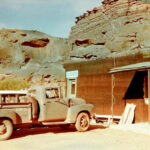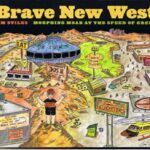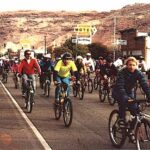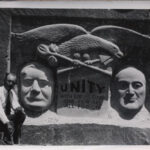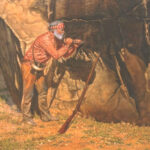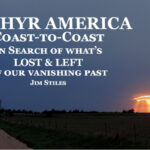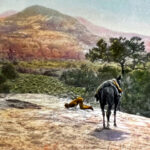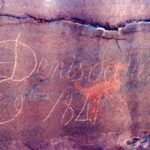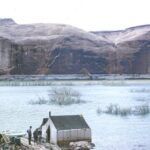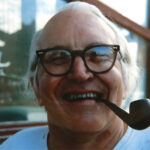
Tom Tom’s VW Museum has never been easy to miss. It’s located at the intersection of Mill Creek Drive and Spanish Valley Drive, an intersection known to locals as Chicken Corners. It’s the Gateway to Spanish Valley, where in the last two decades, many of the other junk cars and washing machines and spare tires have vanished — replaced by half million dollar faux adobe second homes and condos.
But TK’s Museum still stands. At its zenith, Arnold managed to squeeze 250 vintage Volkswagens onto a two acre lot that he bought 50 years ago. It was his pride and joy. Others still curse the site and wish some mega-billionaire would fly in, buy the property and scour his collection from the face of the earth. But Tom…or Tom Tom…or TK …always took the criticism in stride and with good cheer. “They just don’t know how to have a good time… I’m having a good time.” He did to his last breath…
For the record, he was born Thomas Arnold, but we knew him by many names— Tom, Tom Tom, TK, or more generically—The Volkswagen Guy. For decades TK serviced VWs of all kinds, with varying degrees of success. As all of us who once owned VWs, the cars were almost born with the intent to drive us crazy, and consequently, we owners were surely cursed with varying degrees of masochism. But Tom loved them all. And he loved to collect the ones that he could not revive.
Read more →
